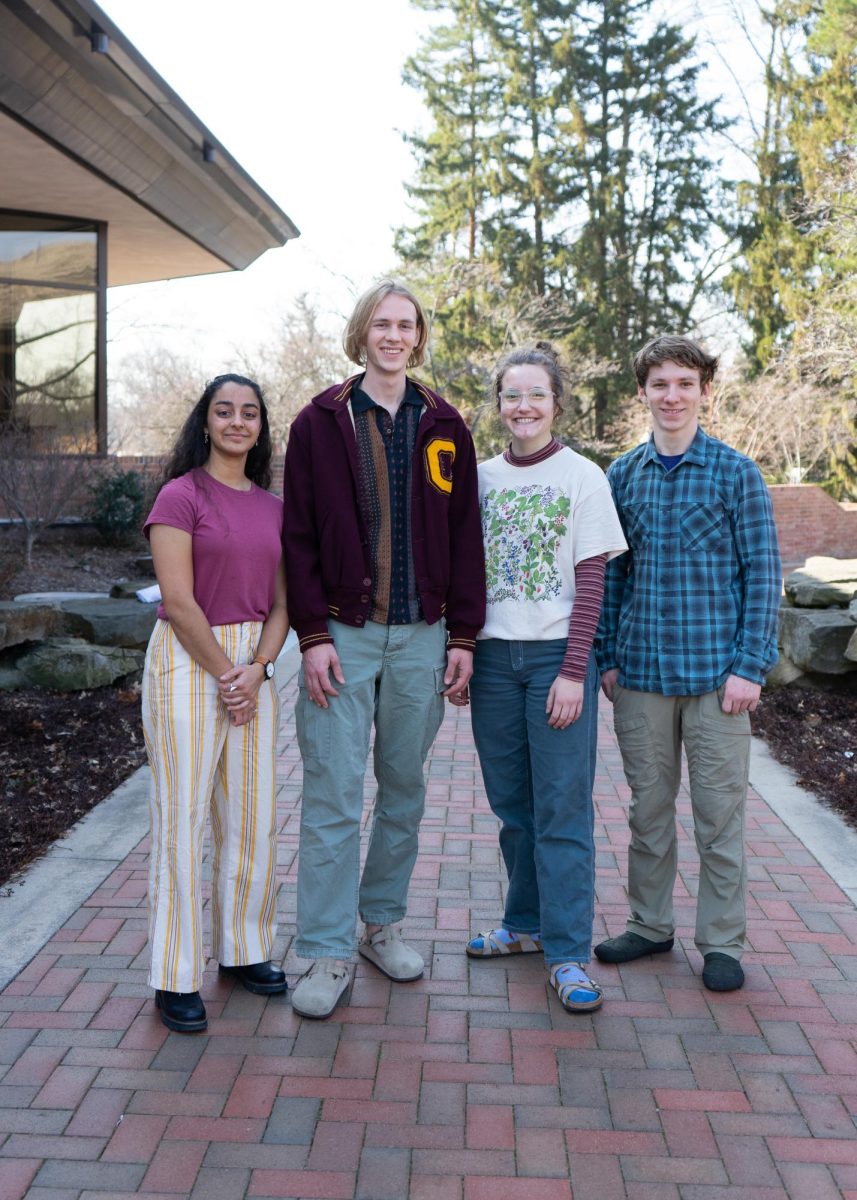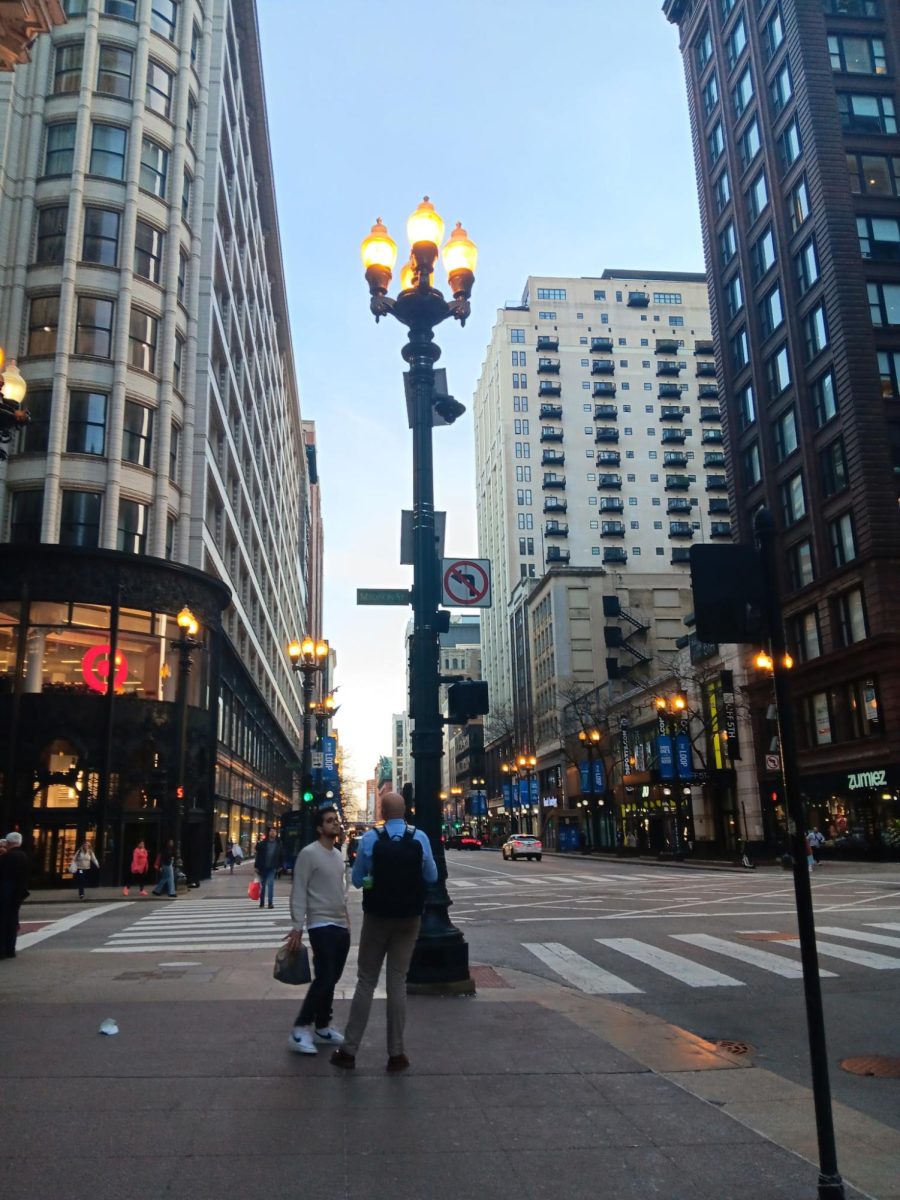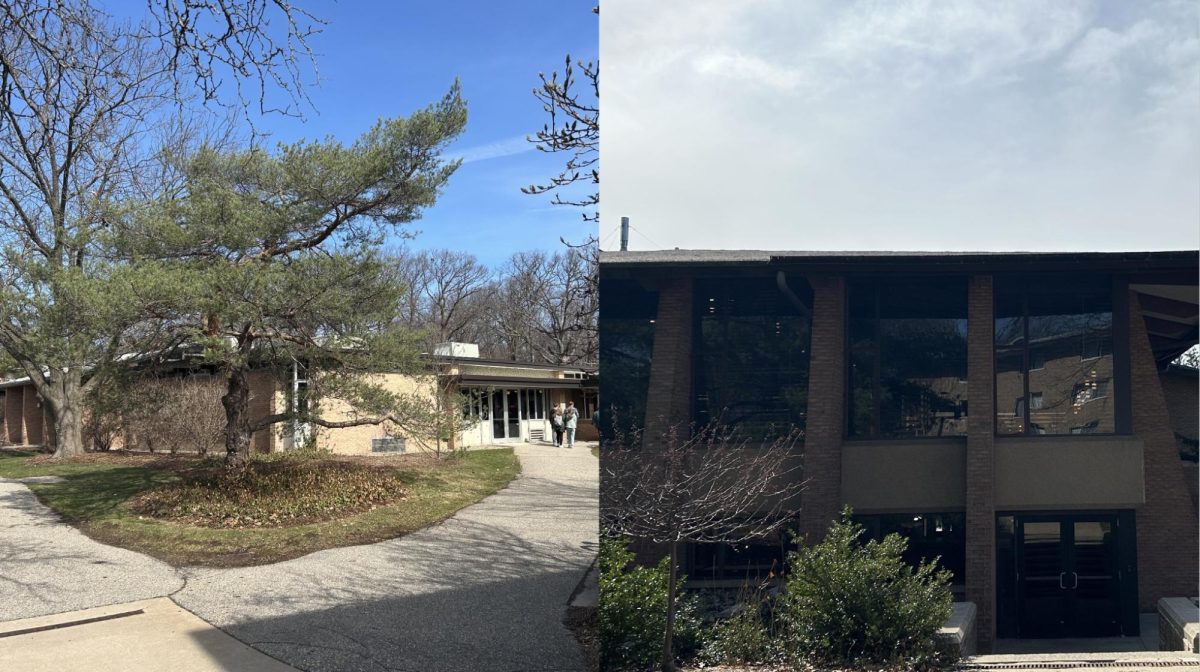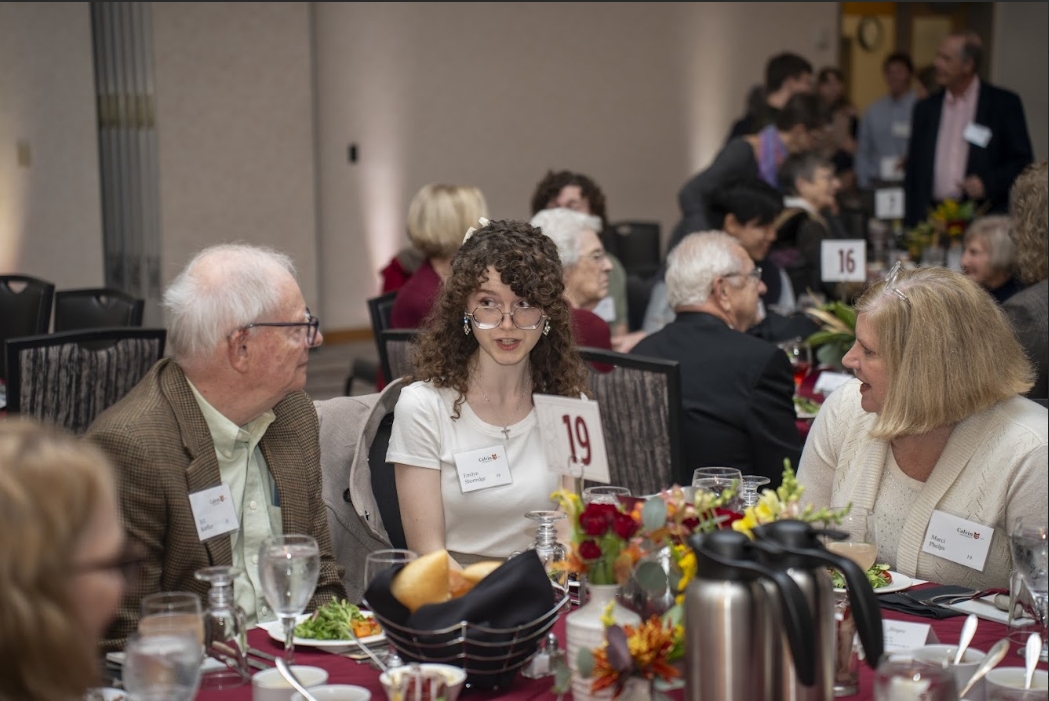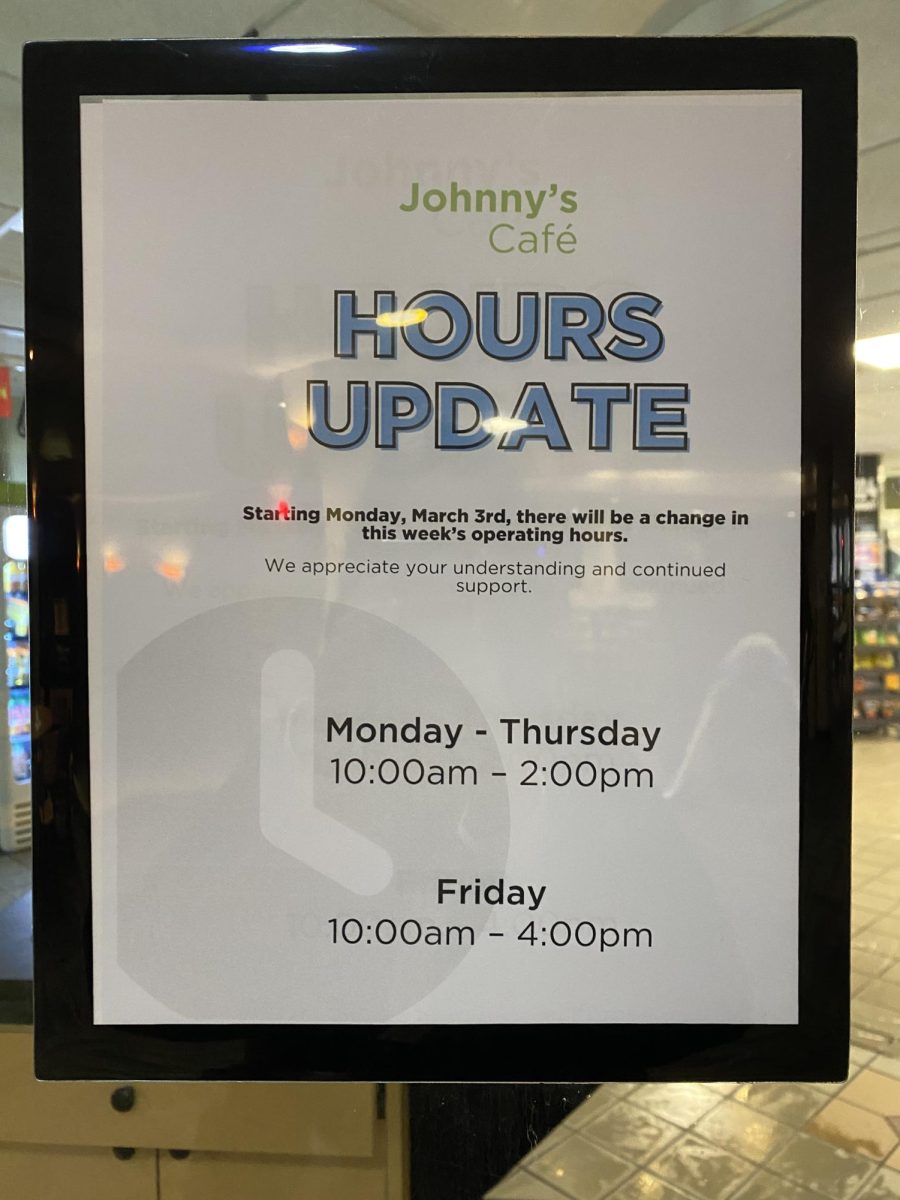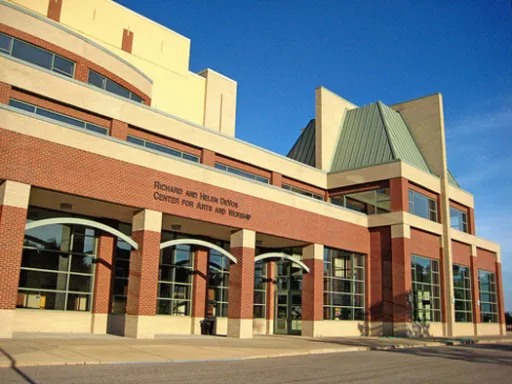In a world increasingly concerned about sustainability, supposedly “green” projects can seem to be more about virtue signaling than actual positive change. At the Calvin Energy Recovery Fund (CERF), this couldn’t be further from the truth.
In 2010, Calvin University established CERF with an initial investment of $50,000 from the university. Calvin tasked a team of student interns, supported by professors, administrators and facilities staff, with ideating, implementing and tracking energy sustainability projects. The fund is financially structured in such a way that — once the original cost of the project is recouped — the money saved through reduced energy expenses is rolled back into the fund for a period of five years. Fourteen years into this strategy, CERF’s fund has grown to over $300,000.
CERF is built on a concept known as a green revolving fund, where costs are not only recouped, but reinvested into other sustainable projects. This combats what is known as the rebound effect, where the money recouped from a traditional investment into energy efficiency is then spent in ways that negate the initial carbon savings.
Matthew Heun, professor of engineering, described the goal of a green revolving fund like CERF. “It’s reducing carbon emissions, without the financial savings leaking to other areas of the university where we spend money and have carbon emissions,” Heun explained.
Jack Klop, a junior environmental engineering major, leads a team of four student interns who propose, implement and track the savings of each CERF project. The student team works in coordination with Brett Hoogewind and Jennifer Ambrose, associate director and director of facilities, respectively.
Ambrose told Chimes the CERF team “is an incredible group of students doing essential work, helping Calvin move forward with sustainable practices and investments.” Hoogewind, as the primary advisor to the team, said his role is to help them “grow in their roles and bring that well beyond Calvin.”
CERF Projects
Klop’s team began managing their first project in 2023, converting the lighting in the Science Building 010 lecture hall from fluorescent to LED lightbulbs. The team has calculated that at the current pace of energy savings, the $5,000 project will pay itself off in six years. After that, the savings will contribute to the fund for a period of five years.
In March of 2014, CERF took on its largest project to date, replacing the 1000W metal halide lights in the Track and Tennis Center with LED lighting. This conversion has saved over 2,606,064 kWh in under 10 years, contributing over $200,000 into the fund according to the 2024 CERF annual report.
CERF is uniquely positioned to support sustainable projects on campus that may not otherwise get funded. As the fund grows each year, the team is able to take on bigger and bigger projects. 80% of CERF funds are to be put towards what are classified as “blue projects”, which are “energy saving projects that you can put a dollar amount to” according to Klop. Klop explained that 20% of funds are set aside for “green projects” which are not as easily quantifiable but are “still important to do on campus to improve sustainability.” This ensures that the fund continues to grow but is able to support all kinds of projects.
The CERF team is currently working with Hoogewind to develop one of these green projects: installing energy monitoring kiosks in each of the dorm lobbies. This will allow students to see, in real time, their dorm’s energy usage. According to Klop and Hoogewind, this project is meant to bring attention to energy usage on campus, encouraging students to be more sustainable with their choices and offer some healthy competition between the dorms.
Last year, Kill-A-Watt — the yearly sustainability competition between dorms that takes place during the month of January — expanded to include a Calvin-wide competition against Hope College. According to Klop, these new energy kiosks, as well as the competition they bring, will help both institutions be more sustainable.
CERF is “currently looking into the possibility of solar at Calvin” according to Klop. Hoogewind will support the CERF team as they take on an initial pilot project for solar through conducting research to get the data that would be able to justify a larger investment by the university for on-campus solar.
Mentorship and Education
CERF also includes opportunities for mentorship under professionals within Calvin’s facilities team and in the energy and engineering industries. Calvin’s facilities are a “passionate team” of “highly skilled people happy to share their years of knowledge” according to Hoogewind.
For many CERF interns, most of whom are studying environmental engineering, “the activities they do as CERF interns is exactly the kind of work that they would be doing out in the workforce” said Heun. Students plan and present projects to the Environmental Energy Sustainability Committee, CERF’s governing body, just as they would out in the industry.
For Klop, “being able to see how these administration decisions are made” has been a “great learning experience for all of us.”
Even for students outside of the engineering discipline, Heun highlighted how CERF has informed an environmental economics class at Calvin, ECON 232.
CERF as a project is a valuable test case for the world, informing Calvin’s students and administrators to think about our place in being sustainable stewards of creation. Not only does CERF offer Calvin environmental, financial, and educational returns — it does so in the form of real sustainability, without greenwashing.
CERF is still hiring, hoping to weather the same challenge of continuous turnover faced by many student organizations. “We are looking for continuity, to keep it running after we go” said Klop. “These green revolving funds are what will make the biggest impact on sustainability and climate change,” Klop continued. “There is nowhere else in the world that has a campus with this faith centered sustainability movement, that’s making so much progress. That’s something we are really privileged to be a part of.”



